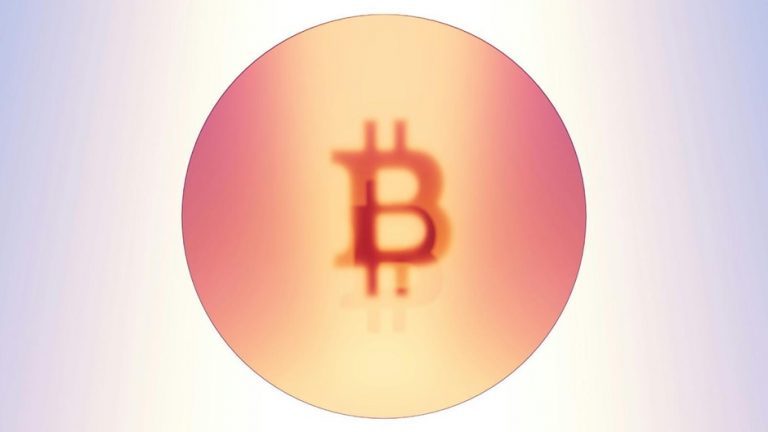
Non-fungible tokens (NFTs) have carved out a significant digital asset niche. These unique assets, which range from digital art to collectibles and more, have transformed how we perceive ownership and value in the digital realm.
While most NFTs have been traditionally associated with the Ethereum (ETH) blockchain and other smart contract platforms, a relatively new development has brought them to the Bitcoin (BTC) network: Ordinal inscriptions.
This article explores the history of NFTs, the emergence of Ordinal inscriptions on Bitcoin, and their potential impact on the network.
What Are Ordinal Inscriptions?
Ordinal inscriptions represent a novel approach to NFTs, tailored specifically for the Bitcoin blockchain. Unlike traditional NFTs that rely on smart contracts, Ordinal inscriptions leverage Bitcoin’s existing transaction structure.
Introduced by developer Casey Rodarmor, Ordinal Theory enables each satoshi, the smallest unit of bitcoin, to be individually numbered and tracked. These inscriptions attach metadata to satoshis, effectively creating NFTs directly on the Bitcoin blockchain.
This method distinguishes Ordinal inscriptions from NFTs on platforms like Ethereum, where smart contracts manage the creation, known as minting, and transfer of tokens. By integrating NFTs in the Bitcoin blockchain, Ordinal inscriptions offer a unique blend of Bitcoin’s security and the novelty of digital collectibles.
The Early Days Of NFTs On Bitcoin
Integrating NFTs into Bitcoin has seen several iterations and experiments dating back to the early 2010s.
Colored Coins
Colored Coins were among the first attempts to represent real-world assets on the Bitcoin blockchain. Introduced around 2012, Colored Coins used BTC transactions to assign and track ownership of assets such as stocks, bonds, and real estate. By “coloring” a fraction of a bitcoin, these tokens could be distinguished from regular bitcoins and used to represent other values. Despite the innovative concept, Colored Coins faced scalability and practical application limitations, hindering their widespread adoption.
Counterparty
Following Colored Coins, Counterparty emerged in 2014 as another pioneering project to bring NFTs to Bitcoin. Counterparty extended Bitcoin’s functionality by creating a layer on the blockchain. This allowed for the creation and trading of digital assets, including NFTs, using the Bitcoin network’s security. Counterparty introduced popular projects like Rare Pepe, digital trading cards featuring internet meme characters. While Counterparty made significant strides, it still faced user experience and network efficiency challenges.
The Re-Emergence Of NFTs On Bitcoin
After the initial experiments, the concept of NFTs on Bitcoin experienced a resurgence, driven by new technological advancements and protocols.
Stacks
Stacks (formerly Blockstack) represents a significant leap in bringing smart contracts and NFTs to Bitcoin. Launched in 2017, Stacks operates as a layer-1 blockchain that connects to Bitcoin, enabling decentralized applications and smart contracts while leveraging Bitcoin’s security. Developers can create NFTs and other digital assets with Stacks without altering Bitcoin’s core protocol. This approach has revitalized interest in Bitcoin-based NFTs, offering a more scalable and user-friendly solution.
Ordinals Protocol
The introduction of the Ordinals protocol marked a significant breakthrough in the integration of NFTs on Bitcoin directly. Casey Rodarmor’s proposal to inscribe data directly onto satoshis provided a new avenue for creating NFTs on Bitcoin without altering its fundamental protocol. This approach harnessed Bitcoin’s robustness and security, making it an attractive option for NFT enthusiasts.
Since the advent of Ordinal inscriptions, several notable projects have emerged. From digital art to virtual land, these projects are leveraging Bitcoin’s unique attributes to offer new experiences and investment opportunities. The first step to interacting with Bitcoin Ordinals is to create an Ordinals Inscriptions Wallet and connect it to your favorite Bitcoin NFT marketplace.
Final Word
In summary, the evolution of NFTs and their emergence on the Bitcoin network through Ordinal inscriptions represents a fascinating convergence of technology and creativity. From the early days of Colored Coins and Counterparty to the modern advancements of Stacks and Ordinal inscriptions, the journey of NFTs on Bitcoin has been marked by innovation and resilience.
As the digital asset landscape continues to grow, the integration of NFTs into Bitcoin could unlock new potentials and reshape the blockchain space. For enthusiasts and investors alike, staying informed and engaged with these developments is crucial as we witness the unfolding of this innovative frontier.

